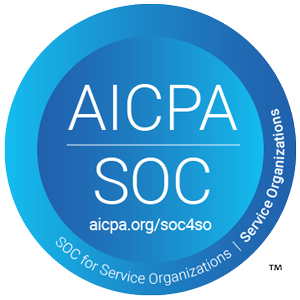Running the numbers before taking a big business risk can be a nerve-wracking process. One question you’ll likely have when considering anything new, and innovation management in general, is “Why do we need to track innovation efforts anyway?” When the real question is “how much money have we lost by NOT doing so already?”
Myth vs reality
There’s a myth in business that innovation happens spontaneously — like an apple falling on Newton’s head or the cartoon-style “lightbulb” moments. Sure, that happens. But you need a place to track, manage, and execute those ideas or you risk:
- Losing great ideas
- Not following up
- Failing to learn from past efforts and repeating the same mistakes
Seeing it in action helps. If these companies hadn’t been smart about their innovation efforts, they probably wouldn’t have taken the risks that paid off with these rewards:
GE’s CEO Jeffery Immelt launched Ecomagination in 2005 to improve the existing power grid. The space was slated to become a $200 billion market over the next decade, so jumping on the bandwagon early was imperative. Immelt slowly invested millions of dollars to the in-house Ecoimagination initiative, but realized they would need more input. So in 2010, they held a global launch event, the Ecomagination Challenge, using Brightidea’s platform.
The challenge drew over 70,000 participants and created 3,844 ideas and 80,000 comments from all over the world. GE continues to crowdsource (and give away cash prizes to participants) using the platform at their Ecoimagination Challenge — in 2016, there were 85,000 participants and some 6,000 ideas generated. Taking a chance by organizing so many people worldwide to help innovate the grid has them now sponsoring twelve projects in the market, keeping the ideas flowing and staying well ahead of their competition.
But innovating is just one part of the process. Organizing the ideas is equally important – more so, actually.
Keeping ideas in order
And then we have Nielsen, a company that specializes in data gathering in media. They work in a lot of fields, and were pretty savvy when it came to the need for idea management, but execution left much to be desired. Their innovation program was starting to get messy.
Ann Marie Dumais, Planning & Governance Director at Nielsen shared, “We weren’t there as a company, we were trying to do it on our own [using only Sharepoint], and we learned the hard way.”
They needed a few things:
- A better way to increase employee motivation and willingness to participate in topic specific initiatives.
- An easier way to manage and measure participation across programs (in terms of which types of programs drove more ideas).
- Accessible and visible statistics whenever senior management requested to see results.
Brightidea created a customized, flexible, and easy-to-use system for everyone at Nielsen. How easy? As Dumais said, “We actually asked Brightidea not to train anyone to see if people with different backgrounds and skills could manipulate and navigate through the system, and we made sure that they could.”
Nielsen has since created a full-time innovation team, run by three innovation program managers, and the company runs about ten innovation initiatives at any given time throughout the year focusing on various topics and objectives. They generate about 500 idea submissions per quarter, which are then analyzed and move through the ideation pipeline when it makes sense to do so. This makes their process extremely efficient. In 2013, Nielsen saved 400,000 hours across all of their diverse teams via innovation management.
It’s a process
Innovation doesn’t happen overnight. Presenting your company with a challenge, finding a solution internally, and pushing for results (and knowing when to quit and try another idea) takes time. But once you make the investment toward innovating and idea management software, it gets a lot easier to organize. So it’s certainly a risk to devote all of this time and energy to creating what works for your company, but the rewards are very much worth it.
We’re ready to show you how organizing your innovation efforts will take you further, faster. Reach out to talk to us!


